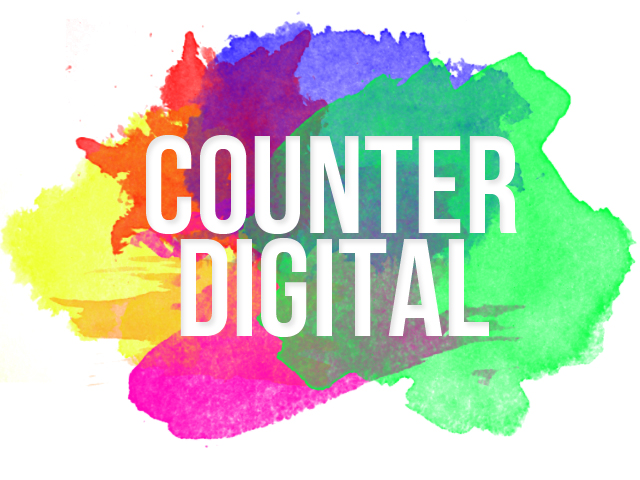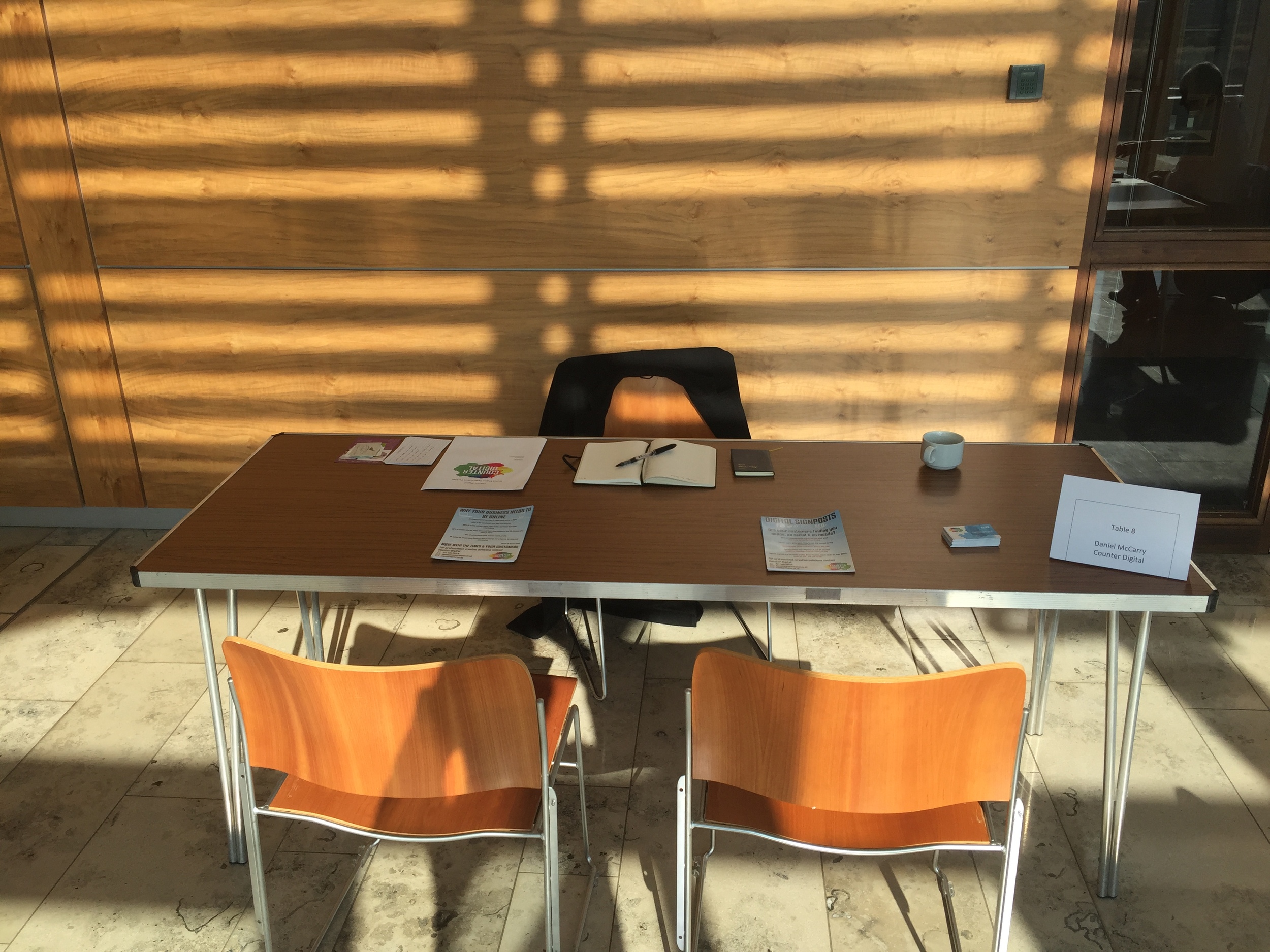Small businesses do not need their own smartphone or tablet apps.
This might seem strange, coming from a “digital marketing” person, but since the launch of the first iPhone in 2007, and the subsequent smartphone takeover of our culture, there has been a growing “app trend” amongst small businesses and it’s wasting their time and money.
The worst thing about this trend is that the small businesses involved aren’t actually to blame. It’s the app building companies and developers who swoop in, promise the world and then make a swift exit upon completion and sign-off.
Whether they do this innocently and naively (unaware of the current digital marketplace) or do so knowing full well that the new app will provide little benefit isn’t for me to say. Both options reflect badly.
The primary reason that it reflects badly is because the “build your own app” deal rarely represents the best use of time, money and other resources needed for the business involved.
Why is this?
The Crowded Marketplace
You’ve most likely already experienced it in some shape or form.
You visit a small local business (an SME in professional terms) and are either asked to download their new app or notice it via in-store or online marketing messages.
These apps usually encourage you to download with the promise of exclusive offers, more content or some other feature.
Unfortunately, very few of us ever actually care enough to download the app in question.
We might love the local business, they could be our favourite barber, café or restaurant, but our smartphones are already crammed with much bigger, more unique apps vying for our attention and phone memory/storage.
The app stores are packed with thousands of apps fighting for our downloads and gaining a critical mass of downloads (to make the project worthwhile) can be almost impossible. Especially if you’re not offering something unique or valuable.
If customers can book their stay using AirBnB, order takeaway via Just Eat, or learn more about your business on Facebook or even on your official website, then that’s most likely where they’re going to go right now. This means you’re always going to be fighting an uphill battle unless your app offers something truly unique via functionality.
Follow the Attention
So, what next?
Well, if that’s the negative the positive is that as business owners and managers you have countless options out there waiting to be properly exploited.
Whether you’re looking to attract customers online or offline the key is to follow the attention.
In a digital marketing context this means using the biggest channels currently available to us. Right now that generally means some combination of Facebook, Instagram, Twitter, Snapchat, YouTube, LinkedIN and Google Search but if you want to research this yourself do three things today:
Audit what digital apps/websites you personally use on a daily basis
Ask friends, family and colleagues what they use on a daily basis
Check out Apple/Android’s Top Free Apps lists for a UK or global picture
After you’ve done this you can then make an informed decision on what channels to use for your business and move forward.
--
Apps are brilliant. From Headspace to YouTube and Spotify to Soundcloud we can do and enjoy so many things using our smartphones and tablets but unfortunately, small businesses will rarely be able to crack this market.
If you properly research what you, your friends and family use on a daily basis you’ll quickly notice that the majority of people only use 5-10 apps ever and muscling in on that market is a huge task.
Focus your efforts on moving with public attention and go from there.
If you’ve made the first leap but aren’t sure how to use social media channels and Google Search for your business get in touch here!











